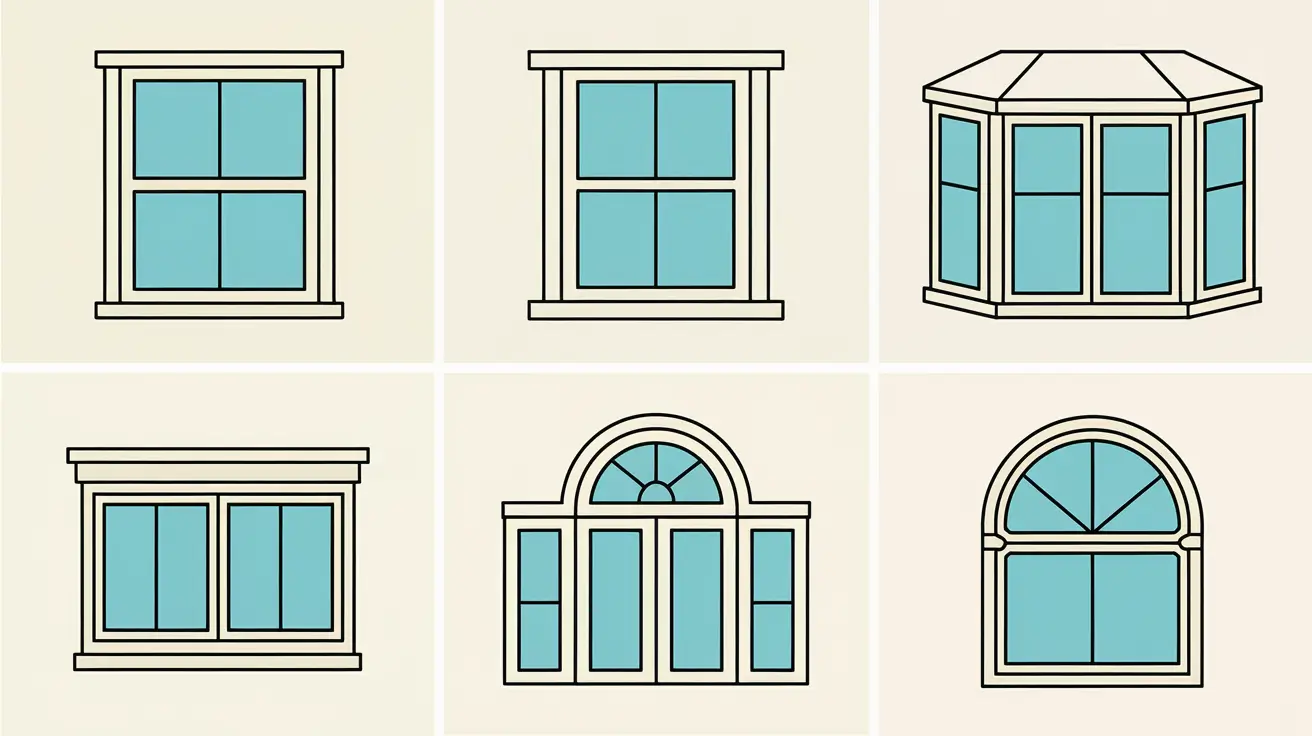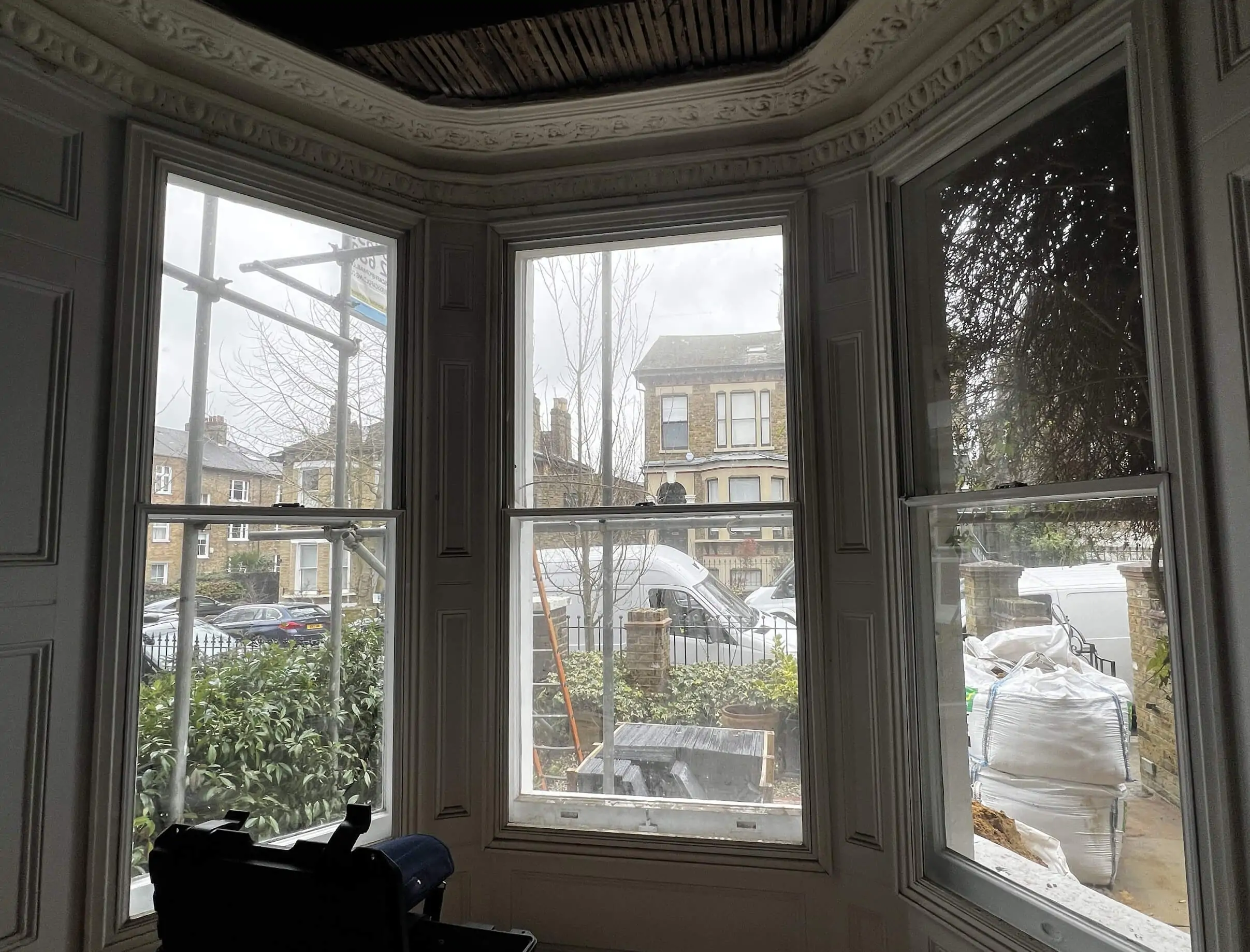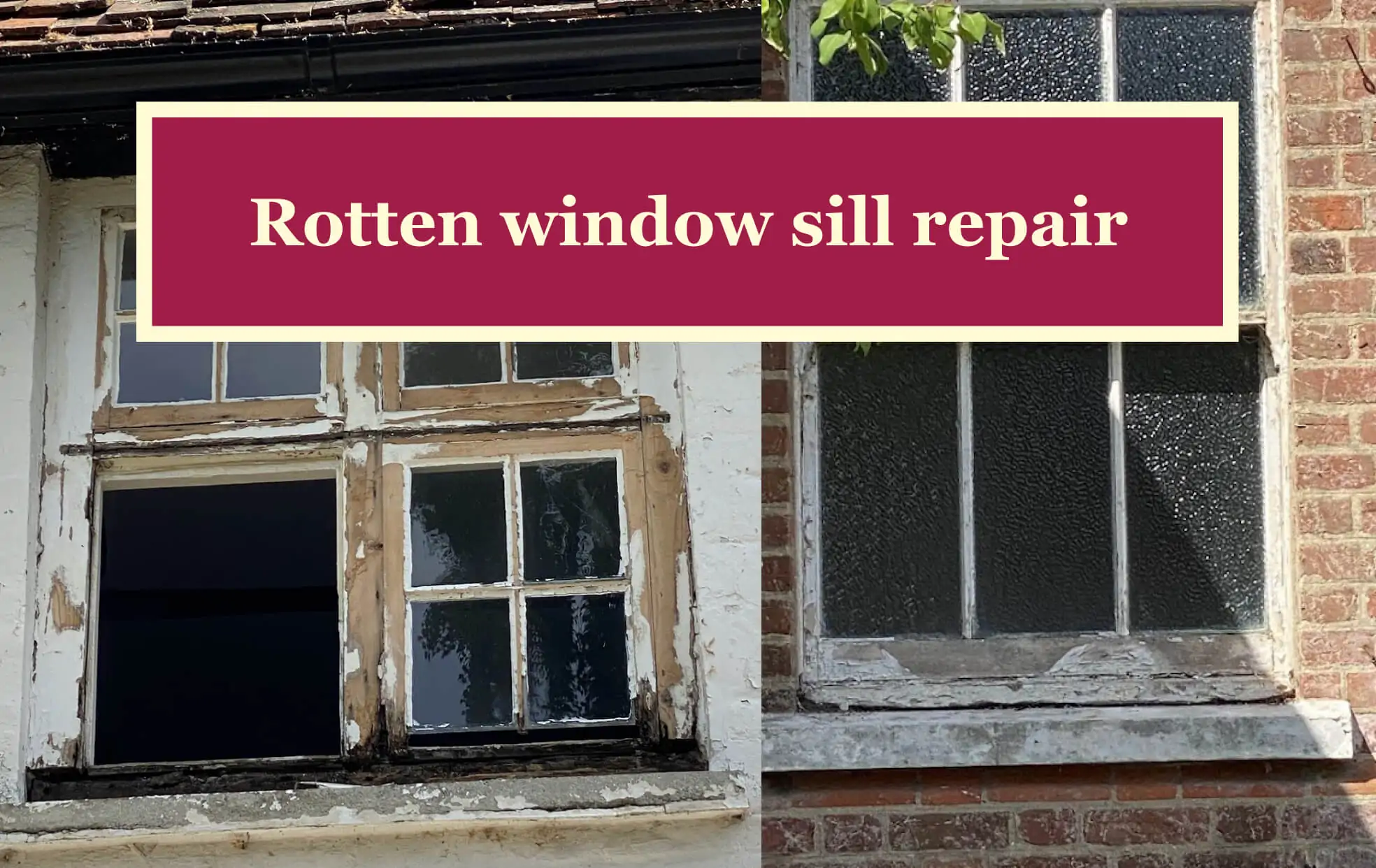The Astragal bar, a term often heard in architectural and glazing discussions, represents a modern interpretation of traditional Georgian glazing bars.
While both serve the purpose of dividing window panes, they differ significantly in design, functionality, and aesthetic appeal. This article explores the origins, characteristics, and distinctions between Astragal bars and their Georgian counterparts, shedding light on their unique roles in architectural design.
What is an Astragal Bar?
An Astragal bar is a glazing bar used in modern windows to replicate the appearance of traditional multi-pane windows. Unlike traditional glazing bars, which physically separate individual panes of glass, Astragal bars are applied to a single sheet of glass to create the illusion of smaller panes.
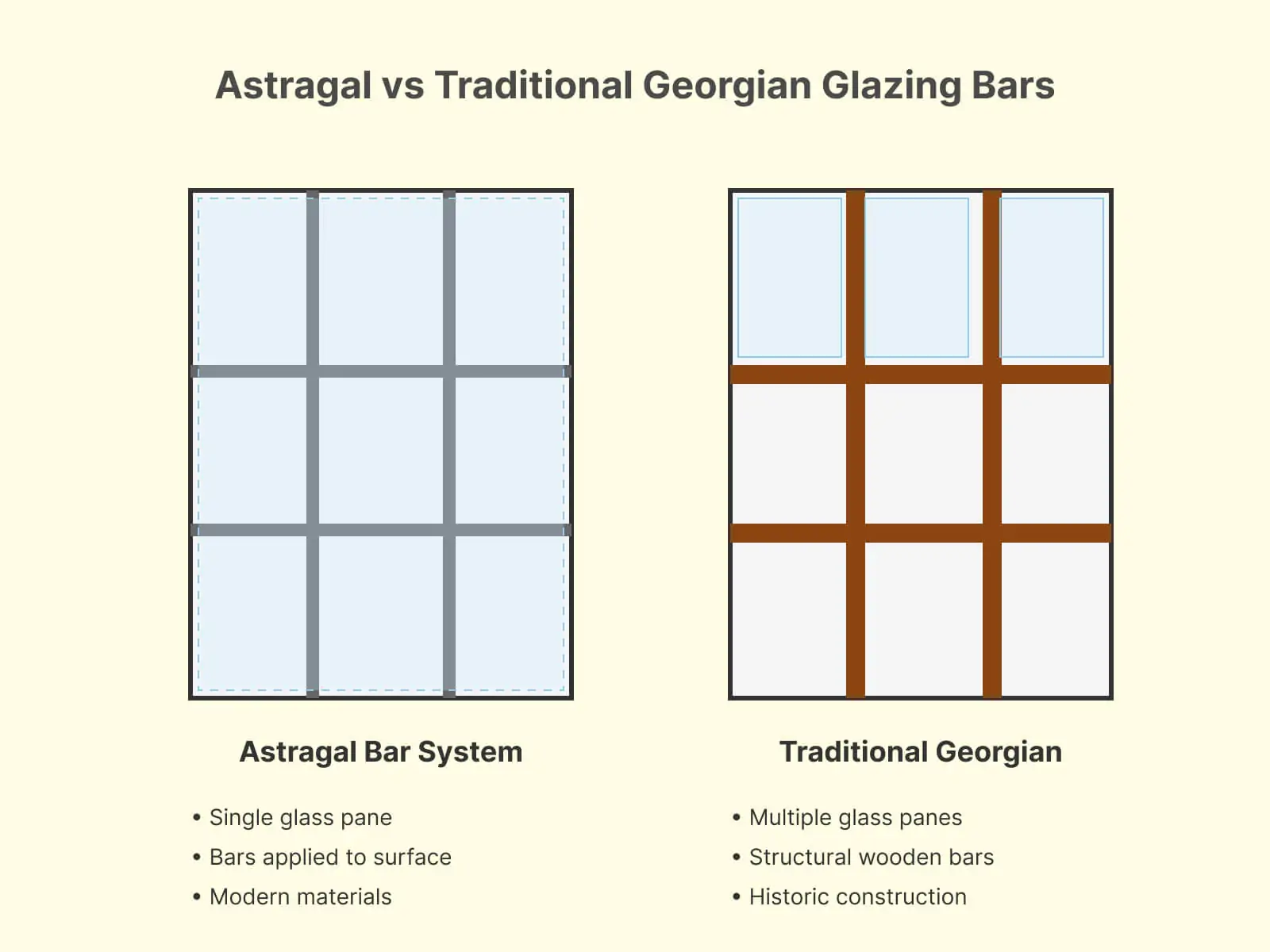
This technique is often used in uPVC, aluminium, or timber windows to achieve a period-style look without compromising the structural integrity or energy efficiency of modern glazing systems.
Astragal bars are typically made from materials such as uPVC, wood, or metal and are either glued to the surface of the glass or integrated into the window frame. They are available in various designs, including Georgian, Victorian, and Edwardian styles, allowing homeowners to tailor their windows to match the architectural character of their property.
Traditional Georgian Glazing Bars: A Historical Perspective
Georgian glazing bars, named after the Georgian era (1714–1830) in British history, are a hallmark of 18th and early 19th-century architecture.
During this period, large panes of glass were expensive and difficult to produce, so windows were divided into smaller sections using wooden glazing bars. These bars were structural, holding individual panes of glass in place within a single window frame.
Georgian glazing bars are characterised by their slim profiles and delicate appearance, often arranged in a grid pattern. They were typically made from timber and required regular maintenance to prevent rot and decay. Despite their fragility, these bars became synonymous with elegance and symmetry, influencing architectural styles for centuries.
Key Differences
- Structural vs. Decorative Function
The most significant difference between Astragal bars and Georgian glazing bars lies in their functionality. Georgian glazing bars are structural, physically separating and supporting individual panes of glass. In contrast, Astragal bars are purely decorative, applied to a single pane of glass to mimic the appearance of traditional multi-pane windows. - Material and Maintenance
Traditional Georgian glazing bars were made from timber, which required regular painting or sealing to protect against weathering. Astragal bars, on the other hand, are often made from low-maintenance materials like uPVC or aluminium, making them more durable and easier to care for in modern applications. - Energy Efficiency
Georgian glazing bars, due to their multiple panes and wooden frames, often result in poorer thermal performance compared to modern windows. Astragal bars, used in conjunction with double or triple glazing, offer superior energy efficiency while maintaining a traditional aesthetic. - Aesthetic Flexibility
While Georgian glazing bars are limited to the grid patterns typical of the Georgian era, Astragal bars can be customised to replicate a variety of historical styles, including Victorian and Edwardian designs. This versatility makes them a popular choice for period-style renovations and new builds alike. - Cost and Installation
Installing traditional Georgian glazing bars can be labour-intensive and costly, particularly when restoring historic properties. Astragal bars, being simpler to manufacture and install, provide a cost-effective alternative for achieving a similar look.
The Role of Astragal Bars in Modern Architecture
Astragal bars have become a popular choice for homeowners and architects seeking to blend traditional aesthetics with modern functionality. They are particularly useful in conservation areas, where planning regulations may require windows to maintain a period-appropriate appearance. By using Astragal bars, property owners can meet these requirements without sacrificing the benefits of contemporary glazing technology.
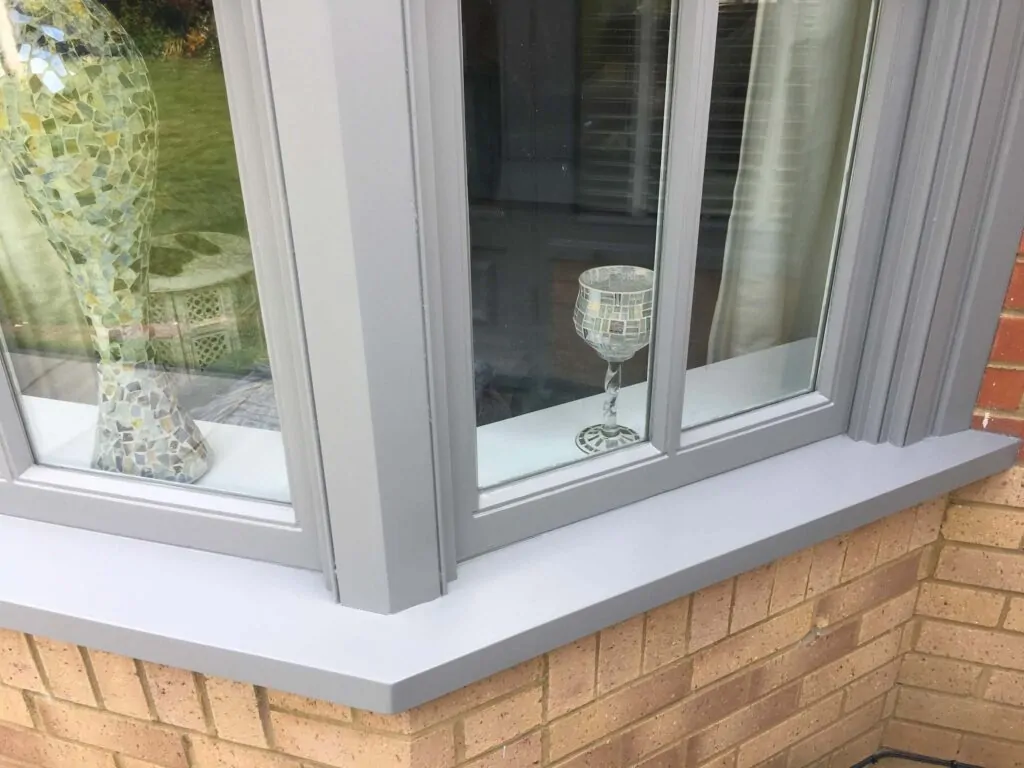
In new builds, Astragal bars offer a way to incorporate historical charm into modern designs. They can be used to create feature windows, enhance curb appeal, or complement other architectural elements. Their adaptability and low maintenance make them a practical solution for achieving timeless elegance.
Conclusion
The Astragal bar represents a harmonious fusion of tradition and innovation in window design.
While Georgian glazing bars remain an iconic feature of historical architecture, Astragal bars provide a modern alternative that combines aesthetic appeal with practical benefits.

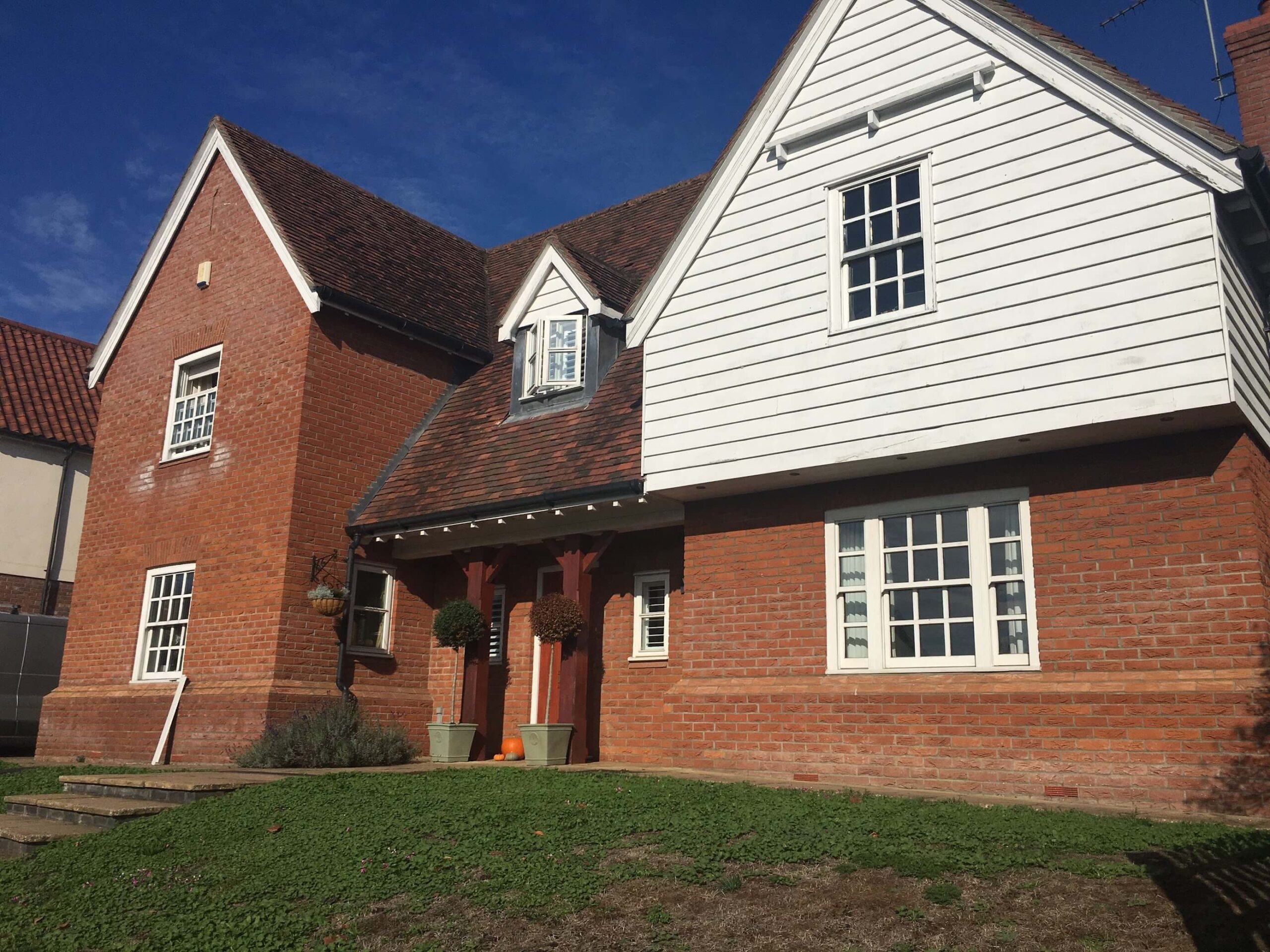
 Adam Brick
Adam Brick